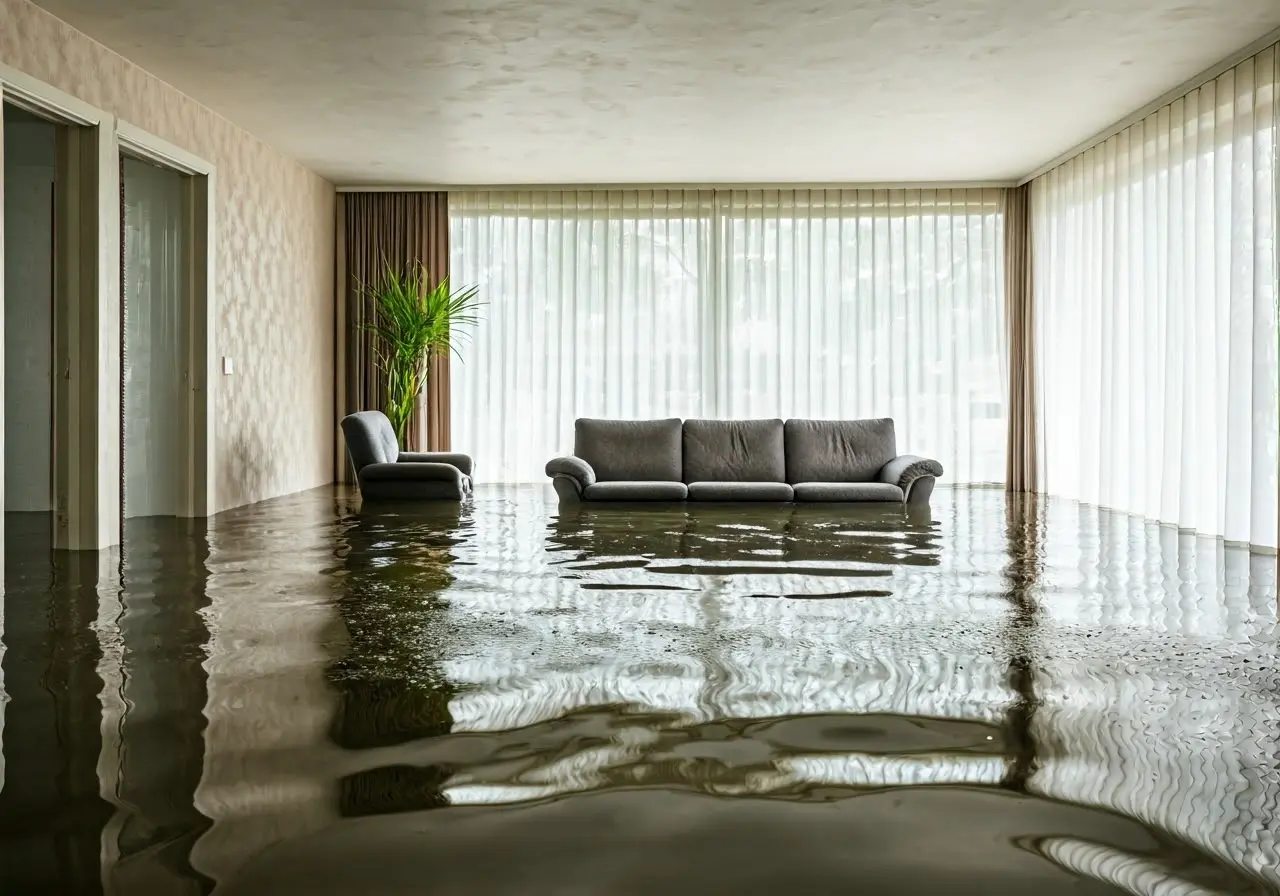How Quickly Should You Start Water Extraction After a Flood?
Floods can cause a lot of damage, and it's essential to act fast to minimize the impact. One of the most critical steps after a flood is water extraction. But how soon should you start this process? This FAQ will guide you through the urgency, steps, and benefits of starting water extraction right after a flood.
Why is Immediate Water Extraction Important?
Starting water extraction as soon as possible after a flood helps prevent further damage, such as mold growth, structural instability, and deterioration of belongings.
When it comes to flood damage, time is of the essence. Water that lingers can seep into the very foundations of your home, causing weakening and potential collapse. Immediate action can significantly reduce these risks.
Moreover, standing water creates a perfect environment for mold and mildew to thrive. These not only pose health risks but can also spread rapidly, impacting both the structure and air quality of your home.
In addition to mold, contaminated water can introduce bacteria and other pathogens into your living space. Swift removal minimizes exposure to these harmful elements, ensuring a safer environment for you and your family.
When Should You Begin Water Extraction?
The general recommendation is to start water extraction within 24-48 hours after a flood. Delaying this can lead to more severe damage and increased restoration costs.
The sooner you can begin the extraction process, the better. Waiting even a day can allow water to become absorbed into walls, floors, and furniture, increasing the damage and the costs associated with repairs.
Additionally, insurers often look favorably on homeowners who take immediate steps to mitigate damage. Quick action can support your claims and maximize your coverage benefits.
Keep in mind that some materials, like drywall and upholstery, begin to deteriorate almost immediately when saturated. Timely water extraction can be the difference between salvaging these items and having to replace them entirely.
Can You Start Water Extraction Yourself?
While minor flooding might be managed with personal equipment, significant flooding often requires the expertise and specialized equipment of a professional water extraction service.
Homeowners might tackle small leaks and minor basement flooding with a wet/dry vacuum, fans, and absorbent materials. However, these tools often fall short in the face of significant water intrusion.
Professional services come equipped with industrial-grade pumps, air movers, and dehumidifiers. Such equipment ensures not just the removal of standing water but also the thorough drying of affected areas, preventing hidden moisture issues.
Furthermore, experts have the experience to handle potentially hazardous situations, such as electrical risks and contaminated water. Their training ensures they can navigate these challenges safely and effectively, providing you peace of mind.
What Are the Steps in the Water Extraction Process?
Professional services typically follow these steps: assessment, water removal, drying and dehumidification, cleaning and sanitizing, and finally, restoration.
The initial assessment helps experts understand the extent of the damage and devise a strategic plan for extraction. This phase involves inspecting the property for safety hazards and identifying which areas require the most attention.
Water removal is the next crucial step. Using high-powered pumps and vacuums, professionals can quickly evacuate standing water, reducing the risk of further absorption into materials and surfaces.
After the bulk of the water is removed, drying and dehumidification help tackle residual moisture. Industrial-grade dehumidifiers and air movers promote efficient drying, ensuring all areas—especially hidden and hard-to-reach spots—are thoroughly dried.
Cleaning and sanitizing are vital to address any contaminants brought in by floodwaters. Professionals use specialized cleaning agents and techniques to sanitize affected areas, reducing the risk of mold growth and making the environment safe again.
Finally, restoration efforts focus on returning your home to its pre-flood condition. This might involve minor repairs like patching drywall or more extensive reconstruction efforts, depending on the extent of the damage.
How Do Professional Services Speed Up Recovery?
Experts use state-of-the-art equipment and techniques to ensure efficient and thorough water extraction, significantly reducing the time required for drying and minimizing secondary damage.
One of the key benefits of hiring a professional service is the speed and efficiency they bring to the table. Their advanced equipment can remove water at a much faster rate than typical household tools, significantly cutting down the overall extraction time.
Moreover, professionals employ techniques that ensure comprehensive drying. Their expertise allows them to identify potential problem areas that might harbor hidden moisture, addressing these spots before they lead to further issues.
Another advantage is the seamless coordination of efforts. Professionals can manage the entire process from extraction to restoration, streamlining operations and reducing downtime, helping you get back to normalcy faster.
What Should You Look for in a Water Extraction Service?
Key factors include experience, customer reviews, availability of emergency services, and certification from reputable organizations.
Experience is crucial when choosing a water extraction service. Companies that have been in the industry for a long time are likely to have refined their methods, resulting in more efficient and effective service.
Customer reviews provide valuable insights into the quality of service you can expect. Look for consistent positive feedback, particularly regarding the company’s responsiveness and professionalism.
Emergency services availability is another important consideration. Flooding rarely happens at convenient times, so choose a service that offers 24/7 emergency response to ensure they can be on-site as quickly as possible.
Certifications from organizations like the Institute of Inspection, Cleaning and Restoration Certification (IICRC) demonstrate a company’s commitment to maintaining industry standards. Such certifications indicate a higher level of training and expertise.
Quick Action is Key to Mitigating Flood Damage
Acting quickly after a flood can make a massive difference in minimizing damage and speeding up recovery. By understanding the importance of swift water extraction, you can better protect your home and belongings. Don't hesitate to contact Eastern Restoration & Disaster for water extraction service to ensure the job is done efficiently and effectively.
Call or Text: 919.946.2412
Visit Us Online at www.restorationdisaster.com


